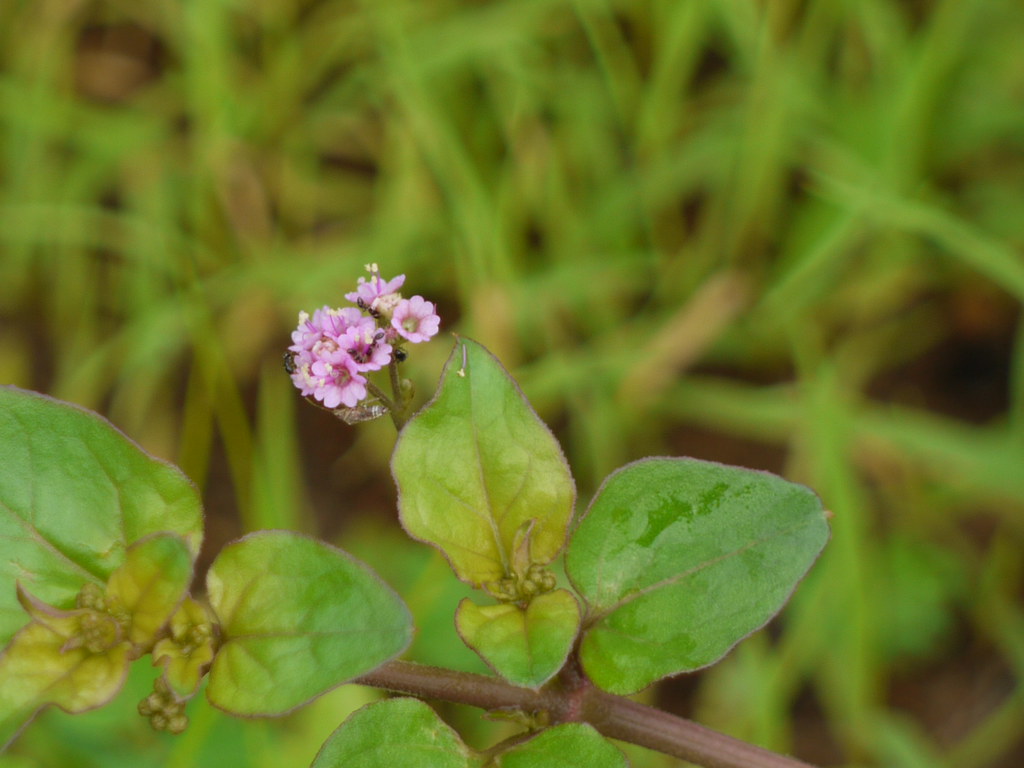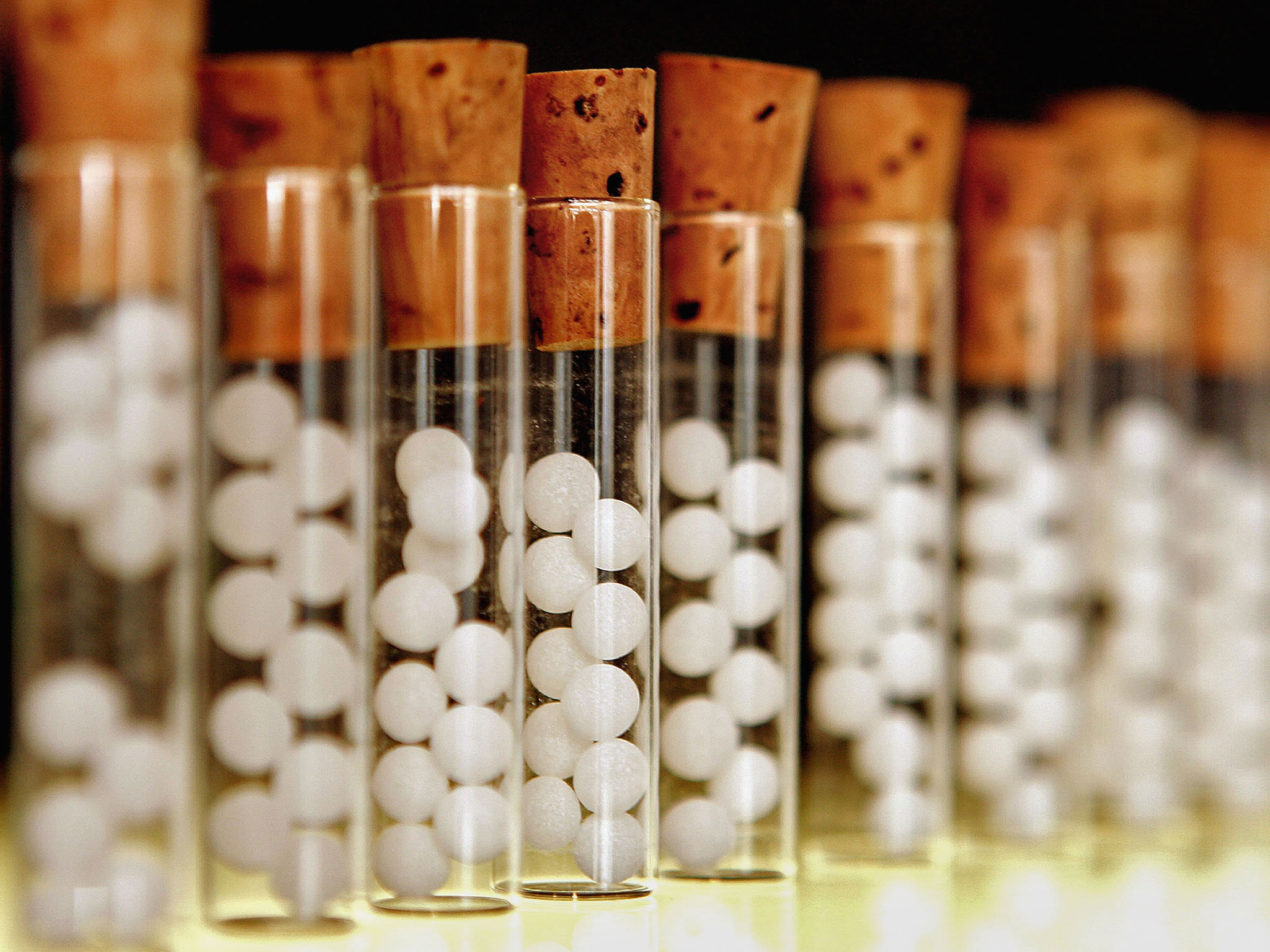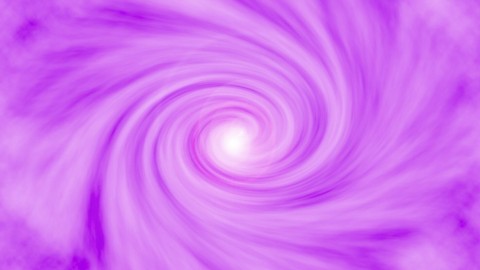Punarnava benefits include its uses in the treatment of kidney diseases, rheumatism, fever, edema, fever, alcoholism, eye disorders, vulvodynia, splenomegaly and liver disorders. It acts as a rejuvenating agent, balances Tridosha, reduces inflammation, prevents bloating, improves cardiac health and stimulates the formation of blood and increases hemoglobin level in the blood.
Punarnava generally refers to roots of Boerhavia diffusa plant. It is also called as Red Spiderling in English. It belongs to Nyctaginaceae family and Boerhavia L. (spiderling) genus. In ayurveda, it is known for its therapeutic uses in kidney disease, kidney stone, edema, rat bite, fever, alcoholism, abscess, rheumatoid arthritis, and several other health conditions.
Medicinal Parts
- Roots (primarily used).
- The whole plant (sometimes).
- Seeds (rarely used).
All parts of Punarnava plant are used as medicine in Ayurveda. Almost all classical Ayurvedic texts recommend roots in various health conditions. Seeds are also useful in a few men’s conditions, especially it is used as an aphrodisiac agent.
Ayurvedic Properties of Punarnava
- RASA (Taste): MADHURA (Sweet), TIKTA (Bitter) & KASAYA (Astringent)
- ANU RASA (After Taste): KASAYA (Astringent)
- GUNA (Main Quality): LAGHU (Light), RUKSHA (Dry)
- VIRYA (Potency): USHNA (Hot)
- VIPAKA (Resultant): MADHURA (Sweet)
- PRABHAVA (Action): Rejuvenating
- Organs Effect: Kidneys, Bladder, Heart, Blood, Skin, Stomach
- Dosha Karma
| Balances | Tridosha |
| Pacifies | Vata Dosha and Kapha Dosha |
| Suitable | Everyone |
| Unsuitable | Not applicable |
| Ama Dosha Effect | Likely to prevent the formation of Ama Dosha. But it alone may not reduce it significantly |
Medicinal Properties of Punarnava
Punarnava has the following healing actions:
- Nephroprotective (protects kidneys).
- Cardioprotective (protects the heart).
- Hematogenic (stimulates the formation of red blood cells).
- Mild Diuretic.
- Lithontriptic (dissolves stone).
- Uricosuric (increase the excretion of uric acid in the urine).
- Anti-inflammatory (reduces inflammation).
- Antiedemic (reduces edema) – external application.
- Chaksuya – Improves Vision.
- Rasayana – rejuvenating.
- Mild Diaphoretic (increases sweating)
- Aphrodisiac agent (its seeds).
- Antitussive.
Based on classical texts and research studies, Punarnava is very useful in the following diseases:
- Internal Use
- Edema.
- Kidney stone.
- Fever and infections.
- Alcoholism.
- Rasayana – for rejuvenation (to stay young).
- Abscess.
- Snakebite.
- Rat-bite.
- Dog bite.
- Spider bite.
- Insomnia (sleeplessness).
- Rheumatoid arthritis – leaves veggie is more useful according to Vangasena Samhita and roots’ powder along with dried ginger powder is helpful according to Bhava Prakash.
- Rheumatic fever.
- Pitta dominant fevers.
- Chronic and low-grade fever.
- Splenomegaly.
- Liver diseases.
- Jaundice.
- Hepatomegaly.
- Cough due to heart disease.
- Asthma.
- Oliguria (decreased urinary output).
- Gout or Hyperuricemia.
- Migraine (its juice nasal administration).
- Orchitis (inflammation testicles).
- Chronic kidney failure.
- Lipiduria (commonly present in nephrotic syndrome).
- Nephrotic syndrome.
- Endometritis – Uterine Inflammation.
- External Application
- Vata and Kapha Skin Diseases (with curd).
- Itchy Eyes – with milk.
- Watery eyes – with honey.
- Conjunctivitis – with ghee.
- Timir Roga – with sesame oil.
- Vatakantaka (plantar fasciitis or Heel pain) – Punarnava oil is used for heel massage.
- Vulvodynia (Vaginal pain) – leaves.
- Delayed delivery and difficult delivery – its oil is applied to the vagina.
- Punarnava Benefits & Uses
Punarnava has a wide range of indications. Mainly, Punarnava benefits in diseases related to kidneys, urinary bladder, liver, spleen, heart, uterus, bones, and joints. Let’s learn about the primary uses of Punarnava in-depth.
Edema
Swelling occurs due to the accumulation of excess watery fluids in cells, tissues and cavities is known as edema. Punarnava has antiedemic and mild diuretic action. It reduces swelling in all types of edema expect lymphatic obstruction. In obstruction of the lymphatic system, the patient may also require some medicines, which removes the obstruction. In these cases, Haritaki, Chirata, Kanchanar and Tamra Bhasma are more useful. However, Punarnava can also be used for additional support.
Heart Disease
If edema occurs due to heart disease, Punarnava is highly beneficial. Because it has cardioprotective action in addition to its antiedemic property. It protects the heart from further damage. In such cases, Punarnavadi Kashayam is a drug of choice. However, the patient also requires Arjuna Ksheer Pak in addition to this.
Kidney Disease
Punarnava also exerts nephroprotective action. It reduces lipuria (fats in urine), albuminuria (proteins in the urine) and glycosuria (sugar in urine). In such cases, it is used in combination with Chandraprabha vati. In a similar way, it is also useful in nephrotic syndrome. However, in the case of nephrotic syndrome, the patient also requires Kamdudha Ras.
In renal failure, Punarnava helps to reduce creatinine and urea level in the blood and improves kidney function. In addition to this, it also helps to prevent loss of appetite and corrects liver functions. It also prevents difficult breathing in the patient with end-stage kidney disease. It also increases urinary output, so it also helps to treat oliguria.
Kidney Stone
Punarnava has lithontriptic action. It means it helps to dissolve the stone present in the kidney. Its root powder is used in combination of Hajrul Yahood Pishti to get rid of kidney stones.
Jaundice
Punarnava is one of the potent herbs, which reduces bilirubin level successfully. For this, its decoction is highly efficacious.
For making Punarnava decoction, take 5 grams Punarnava Churna and 80 ml water. Simmer the mixture on low flame until 1/4th remains i.e. 20 ml remains. Take this decoction twice daily to get maximum results. Within 3 to 4 days, the patient gets significant relief from jaundice and liver disease.
Common Cold
Punarnava use in the common cold during 1st and 2nd days is very beneficial. Its use stops the progress of common cold and provides immediate relief from symptoms. It pacifies sneezing and stops water discharges. It also lowers fever associated with the common cold. After taking the first 2 doses, the patient does not experience any symptom.
In this case, Punarnava Ksheer Pak is highly useful.
| Punarnava Churna | 5 grams |
| Cow’s Milk | A half-cup |
| Water | A half-cup |
| Trikatu Churna | 125 mg |
| Sugar | 5 grams |
- For making Punarnava Ksheer Pak, take 5 grams Punarnava Churna and a half cup of milk and half cup of water.
- Boil the mixture until milk remains. Strain the milk.
- Add a pinch (around 125 mg) of Trikatu Churna and 5 grams sugar in it and drink it when it is still warm.
This is my best home remedy for the common cold. I have never used any other medicine for the common cold than it. After drinking it 2 times, there is no further need for any treatment. However, it does not work in the later stages of the common cold. In later stages, Sitopaladi Churna, Cinnamon (dalchini) with fennel seeds (Saunf) is more beneficial.
Inflammation
Punarnava is an excellent anti-inflammatory herb. It reduces inflammation in the body. This action appears on all internal organs including:
- Lungs and airways.
- All organs of the abdomen.
- Kidney.
- Heart.
- Uterus.
- Bones and joints.
So, it is highly useful in all types of inflammatory disorders related to these organs.
Uterine Inflammation
Endometriosis or inflammation of the lining tissues of the uterus is treatable with Punarnava. Many women with uterine inflammation experience delay menstruation or amenorrhea (absent periods) and dysmenorrhea (painful periods).
In such cases, Punarnava decoction is proved beneficial. It reduces inflammation and gives relief from uterine pain. If the patient has membranous dysmenorrhea, then it should be used in combination with Praval Pishti and Gulkand.
Punarnava Dosage
The classical Ayurvedic dosage of Punarnava varies according to its variants.
Punarnava Churna Dosage
Infants and Children:
| For short-term use | 80 mg per Kg of body weight |
| For long-term use | 40 mg per Kg of body weight |
Adults:
| For short-term use | 5 grams |
| For long-term use | 2.5 grams |
| Maximum Possible Dosage | 10 grams per day |
Punarnava Juice Dosage
You can also take fresh juice from the whole Punarnava plant. In ayurveda, it is called Punarnava Swarasa.
Its dosage is below:
Infants and Children:
| For short-term use | 4 drops per Kg of body weight |
| For long-term use | 2 drops per Kg of body weight |
Adults:
| For short-term use | 10 ml |
| For long-term use | 5 ml |
| Maximum Possible Dosage | 20 ml per day |
How to Take:
| Anupan (Adjuvant) | Water, milk |
| Dosage Frequency | Twice daily |
| Medication Time | Best on an empty stomach or 60 minutes before a meal. |
Safety Profile
Punarnava is Likely Safe and Well-Tolerated in almost every patient within its therapeutic dosage.
Tags: Ayurveda Punarnava









